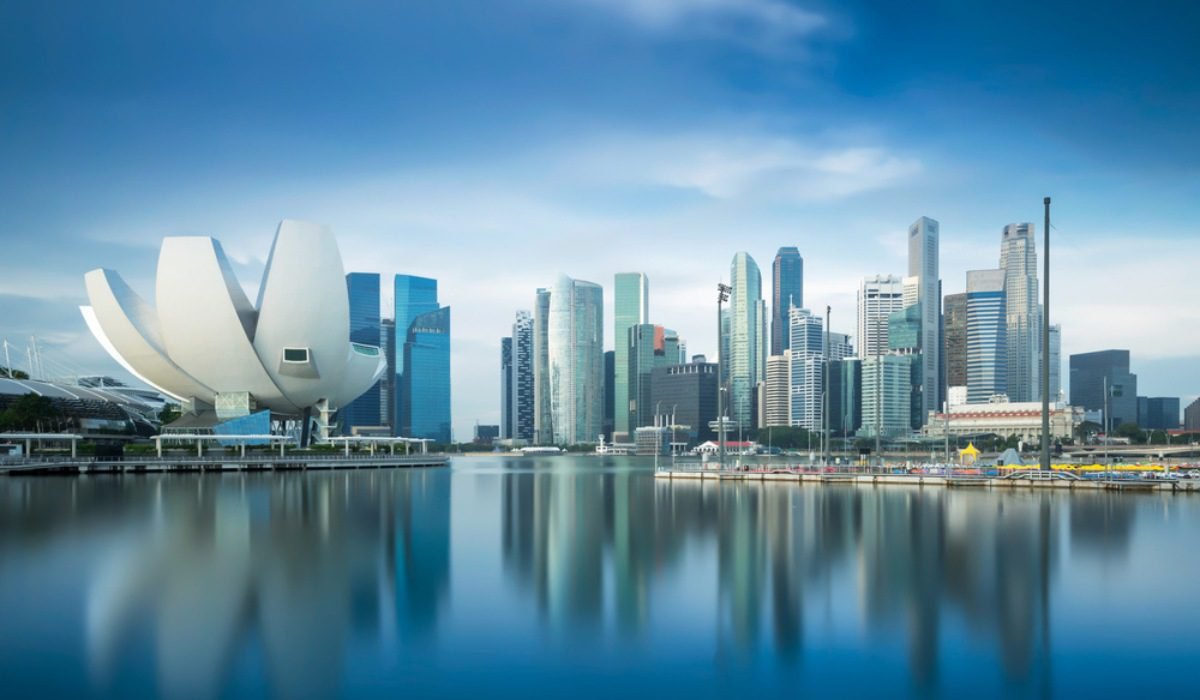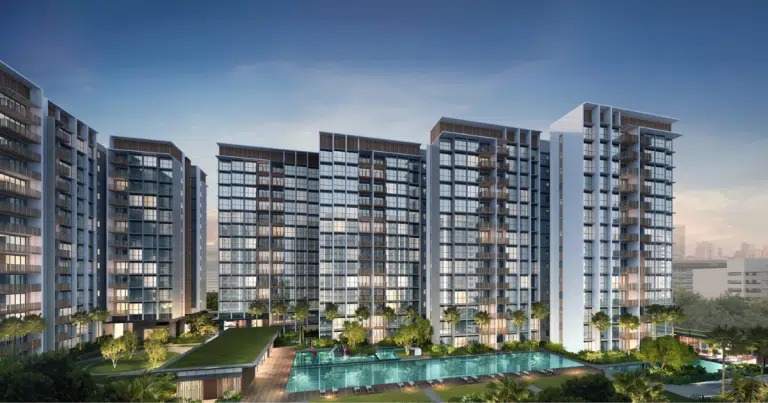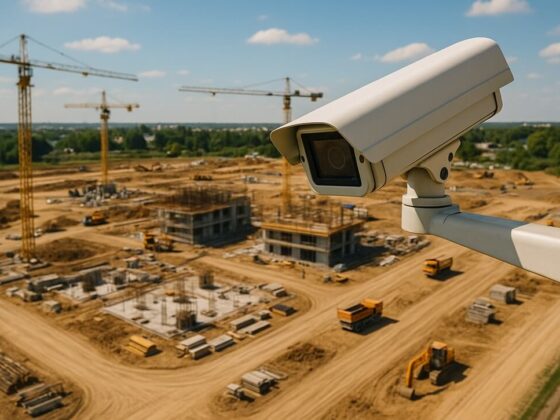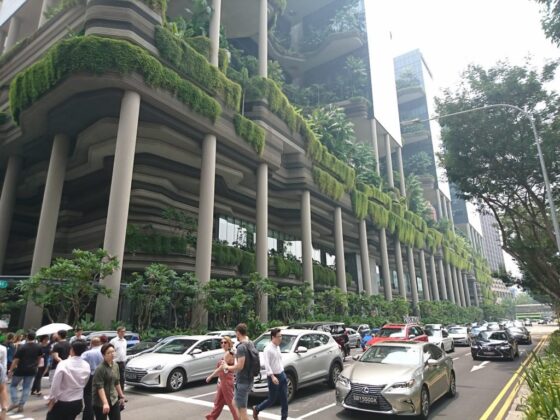Architecture plays a defining role in shaping property value in Singapore. Beyond structure and aesthetics, design determines how people live, interact, and connect with their environment. As the city continues to evolve, thoughtful architecture has become a key factor driving both demand and appreciation in real estate.
Robertson Opus demonstrates how distinctive architecture can elevate a property’s identity and long-term worth. By combining functionality with artistic vision, such developments stand out in a competitive market and attract discerning buyers who value design excellence.
1. Design as a Reflection of Quality and Prestige

In Singapore’s real estate market, design quality often defines a development’s reputation. Projects with striking architecture command higher prices because they symbolize innovation and exclusivity. Buyers associate strong design with reliability, comfort, and status—traits that hold particular weight in a city known for precision and taste.
Architectural design also shapes first impressions. Buildings with elegant façades, spacious layouts, and natural lighting appeal to both local and foreign investors. They represent not only luxury but also thoughtful craftsmanship. Developers that prioritize architectural excellence gain trust, creating long-term brand recognition and stronger resale potential.
From the Marina Bay skyline to boutique riverside properties, Singapore’s iconic buildings prove that design can transform spaces into landmarks—and landmarks into valuable assets.
2. Functionality and Livability Drive Market Appeal

A well-designed building does more than look good; it improves daily living. In dense urban environments like Singapore, efficient space planning and ventilation significantly impact comfort and usability. Projects that offer smart layouts and practical amenities attract wider audiences and maintain strong occupancy rates.
Architecture that integrates sustainability also enhances property value. Features such as cross-ventilation, energy-efficient glass, and natural shading reduce maintenance costs while supporting eco-friendly living. The government’s push for sustainable urban development has made such designs even more desirable to modern buyers.
Developments that blend function with form create lasting satisfaction among residents. When homes feel both comfortable and efficient, they retain appeal across market cycles.
3. Iconic Architecture Strengthens Long-Term Investment Value

Iconic architecture has lasting financial value. Properties recognized for their design excellence often outperform average developments in both appreciation and rental yield. Their visual identity and brand prestige help them remain relevant even as new projects emerge.
Architectural uniqueness also attracts foreign interest. International buyers are drawn to projects that embody creativity and cultural expression. As Singapore continues to position itself as a global design hub, developments that reflect innovation naturally stand out.
Robertson Opus represents this synergy of art and investment. Its architectural form enhances both its aesthetic and economic appeal, showing how great design can anchor value while inspiring lifestyle aspirations.
Conclusion
Architecture is more than appearance—it’s an investment in value, livability, and legacy. In Singapore’s real estate market, design excellence defines what makes a property stand apart. The best projects combine function, sustainability, and identity to create homes that appreciate with time.
Developments like Robertson Opus prove that architecture and value are inseparable. Through intelligent design and timeless vision, they transform urban spaces into enduring symbols of prestige and smart investment.


